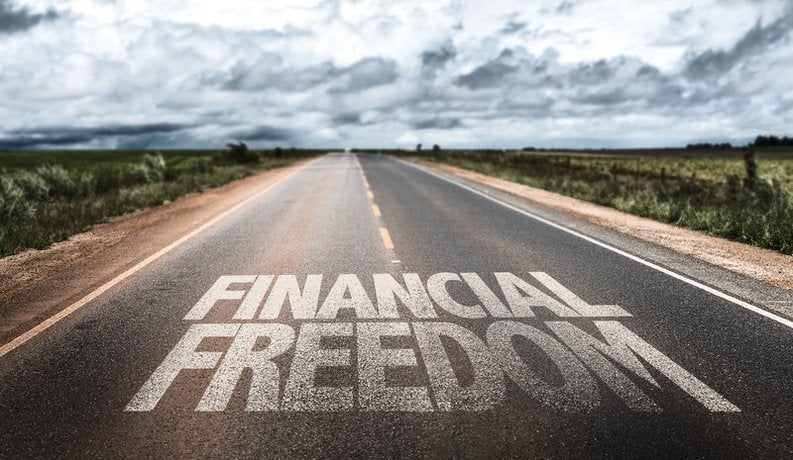A Structured Approach to Prioritise and Paying Debt
The SA Reserve Bank (SARB) made three repo rate cuts since March 2020 as the fallout from the coronavirus continues to affect the country’s economy. This is taking SA’s repo rate to 3.75% – its lowest level since 1973. This bore good news for those repaying debt, as prime dropped from 8.75% to 7.25%.
Take advantage of the repo rate cut now by getting ahead with your debt repayments. The Reserve Bank announced the interest rate drop creating an opportunity for consumers to fast-track the route to freedom form debt, and breathe a little easier amid financial pressure.

Paying off debt can be a long journey depending on how much of it you have. It is extremely easy to lose motivation and give up, especially when you have other financial goals competing for your limited resources. That's why it's so important to create a plan to pay it off. First things first – you will need to find the following information on all your debt:
- The amount owed (balance)
- Minimum payment
- Interest rate/annual percentage rate (APR)
- Payment due date
This information can, typically, be found on the statements you receive in the mail or online, if you have an account to access them. If you cannot find this information easily, then simply call your debtor and ask them for the information. They should be able to look it up for you. The two issues we will be focusing on involve your balance and interest rates, so at least make sure to get those two before proceeding. Having a budget in place might also make this easier.
Here are some approaches to consider on how to structure paying off your debt:
Paying off the smaller-interest-rate cards/debt first. Some financial experts argue the best way to tackle multiple debt loads is to start with the smallest balance. The logic here? Get it out of the way so you can start to tackle the rest with the money no longer owed on the first. This is best if you are the kind of person who would benefit from the constant positive reinforcement of getting your debts paid down and out of the way so you can see progress.
Paying off the highest interest rate debt first is the second approach. The benefit here is that you pay less overall interest, saving you money, overall. The negative? It may take longer to close your debts out (feel that you make progress) if you have the largest balance on the highest-interest card.
Snowballing your payments for momentum is a sure way to pick up speed as you progress. If your goal is to become debt-free so you can start living life without shackles, then you want to start paying extra on your debt. That is exactly how the snowball method works. Say you have four debts:
- Credit Card #1: R5,000 at 12% interest
- Credit Card #2: R1,000 at 15% interest
- Student Loan: R14,000 at 4% interest
- Personal Loan: R10,000 at 7% interest
If you take the paying highest interest rate debt route, you would focus on credit card #2 first. For the sake of the example, let's say your minimum payment is R200. You decide to pay R500 while continuing to pay the minimums on all your other debts. Once you've paid it off, you move on to credit card #1. Let's say the minimum payment for that was R300. You roll the R500 you were paying on credit card #1 over, for a total of R800.
After that is paid off, you focus on your personal loan, which had a minimum payment of R400. With the R800 you were using to pay off credit card #1, you can pay R1200 towards the personal loan now.
Once you've paid the personal loan off, it's time to kill your final debt – your student loan. The minimum payment on this was R700, but coupled with R1200, you're paying R1900 towards it.
With this example, it should be easy to see how you're snowballing your payments together and making a bigger impact each time you pay off a debt. If you didn't use this method, and kept paying the minimums across the board, it would take you much longer to pay off your debt.
You are just using the resources you have in a better way. No need to try and escalate payments on all of them. Just start with one.
The debt snowflake method is yet another option, complimentary to the above. As you might guess from the name, snowflaking payments mean making little payments whenever possible. Let's say you sold old schoolbooks for R200, or your co-worker repays you R300 for money you borrowed to him months ago, or you receive R500 from a relative for your birthday. In all these instances you received small windfalls of money – this is money you weren't expecting and hadn't accounted for in your budget. Since it is ‘found’ or extra money, it goes straight into your debt. You could have lived without it, so why not put it toward getting you out of debt? You can also choose to snowflake payments whenever you have the extra money in your budget. For example, say you only spent R300 on fuel this week, as opposed to your regular R500. Send that other R200 towards your debt.